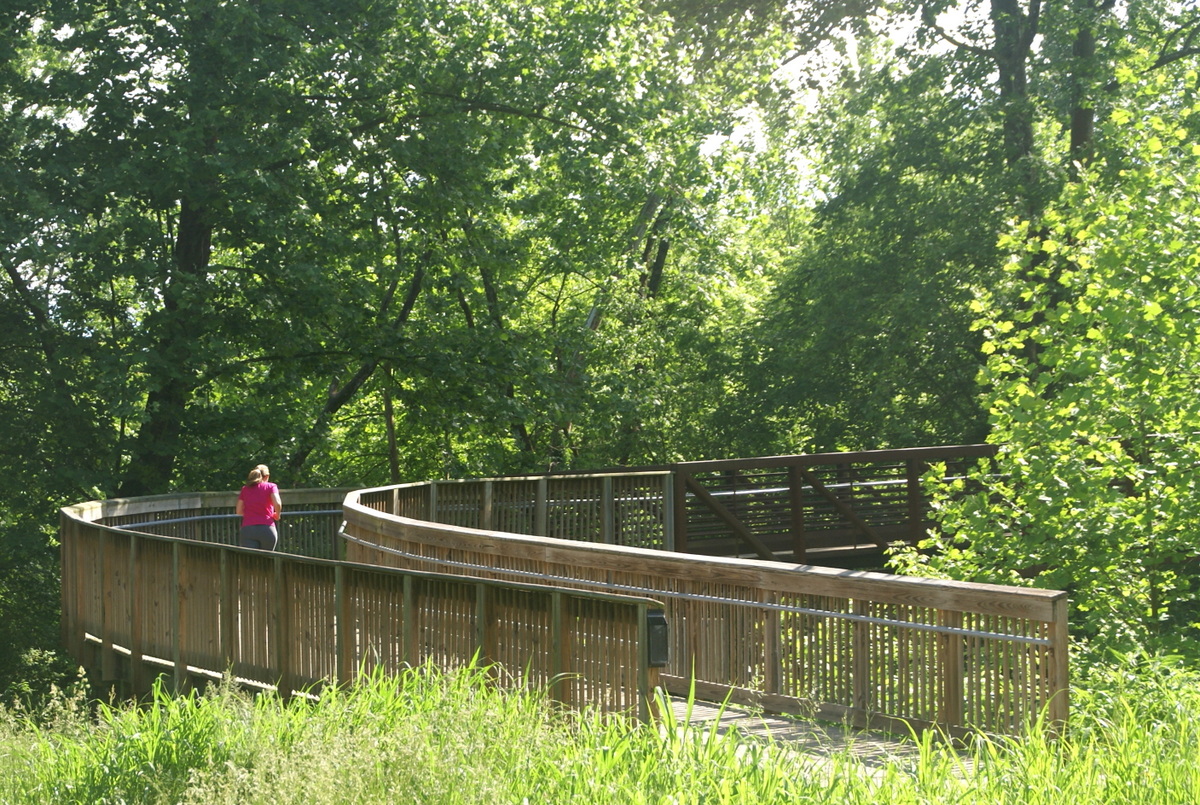| These are tough times for all of us. As I sit in my house self-isolating and itching to get back out on the trail, I’ve been thinking back on how I got involved with the MST and how it has inspired me over the years. Like many nonprofit staff, I began as a volunteer. My first MST work was hiking and describing the trail from Sylva to Waterrock Knob near my home, then compiling that and other information into the first trail guide for former Segment 1B. Apparently my work impressed Kate, our Executive Director, because in the fall of 2014 she hired me to write a guide for the brand-new Coastal Crescent route.
Having grown up in the Piedmont and gravitated toward the mountains, I knew almost nothing about the Coastal Plain; to me it was just a flat, sandy place with pine plantations. The MST changed my perception. Although it was brutally hot on that first scouting trip—highs over 100˚ every day except the last, when it cooled down to “only” 98˚—I discovered the beauty of places I still visit in my mind and in person. Places like the pocosin swamps of Turnbull Creek; the longleaf pine restoration areas in Stones Creek Game Land; meandering, blackwater Great Coharie Creek; the fields on the edge of Suggs Mill Pond Game Land, teeming with nighthawks at dusk; and the accidentally-discovered town of Kinston, which now boasts a greenway along the Neuse River that will eventually be incorporated into the MST. And I don’t even remember seeing many pine plantations! (Holly Shelter pine savanna is pictured above.) Since that first trip, the MST has taken me to so many new places throughout the state. One particularly memorable experience came while working on our new guide, Great Day Hikes on North Carolina’s Mountains-to-Sea Trail. After a long day of meetings in Raleigh, I stopped off to scout Hillsborough’s Riverwalk, pictured below (Hike 20). That late afternoon, the weather was perfect, and on the short stretch of trail, I encountered a diversity that reminded me how special the MST is: paved and natural-surface trails, nature and racetracks, historic downtowns and modern commerce, all within just a few miles of trail and less than an hour’s drive for more than a million people.
The mapping and describing of the MST’s current route is done, but our work isn’t. Every year we add new trail to the route, and I get to go hike these sections and describe them for our Updates page, interactive map, and finally new editions of the guides. Sometimes the work is less enjoyable: construction, landslides, bridge failures, or other issues require us to close sections of the trail, and I have to figure out how to get our hikers safely around them. And sometimes, like now, crises hit and I have to scour the news to tell people where they can’t go. Which brings me full circle. I may be stuck at home, but I remain inspired by the MST. I can’t wait for the day I get to tell you it’s safe to start exploring new parts of the trail, but in the meantime I hope you’ll join me in keeping hope alive by planning your next MST adventure. If something about the MST particularly inspires you, we urge you to let us know. Betsy Brown invited MST friends like you to send photos and quotes that inspire you for us to share on our website, Facebook and Instagram. Please feel free to keep submitting by e-mailing her, as we love to hear from you. If you don’t follow social media, we will be putting up a weekly post on our website with all the photos and quotes from the previous week. Stay well and I’ll see you on the trail, Jim Grode, Trail Resource Manager photos submitted by Jim Grode
|
Start exploring North Carolina – one step at a time.




